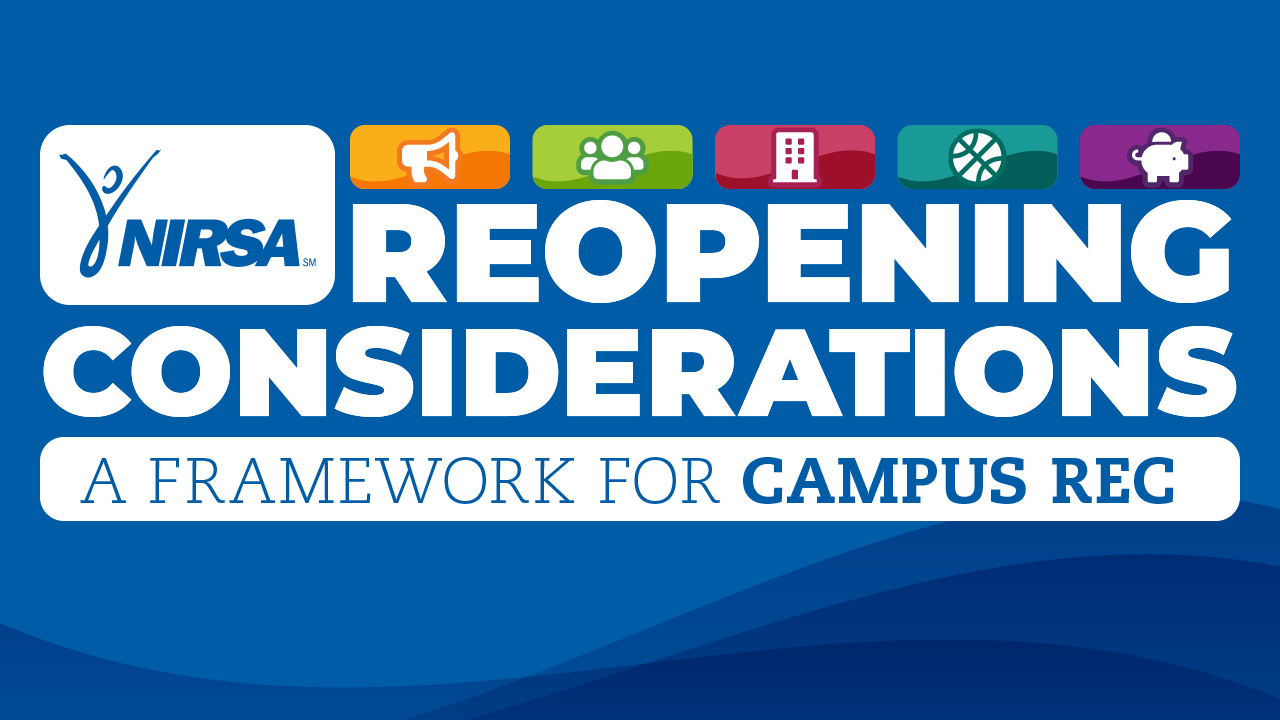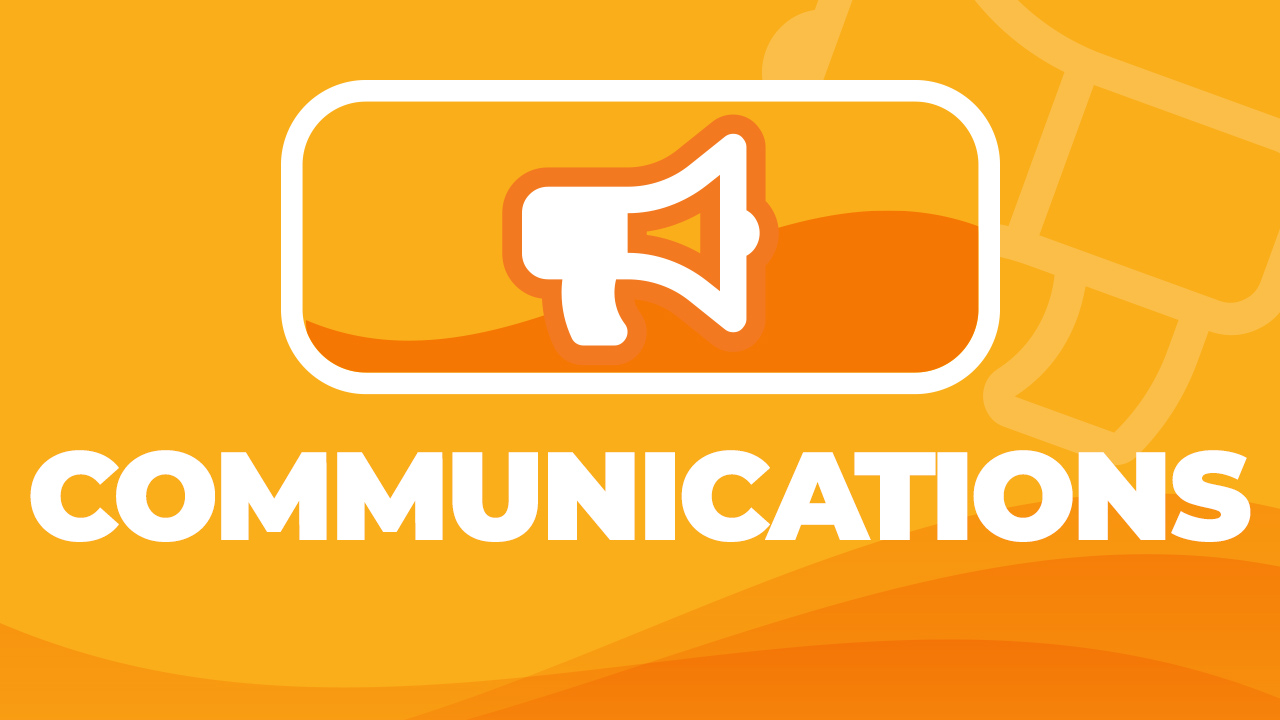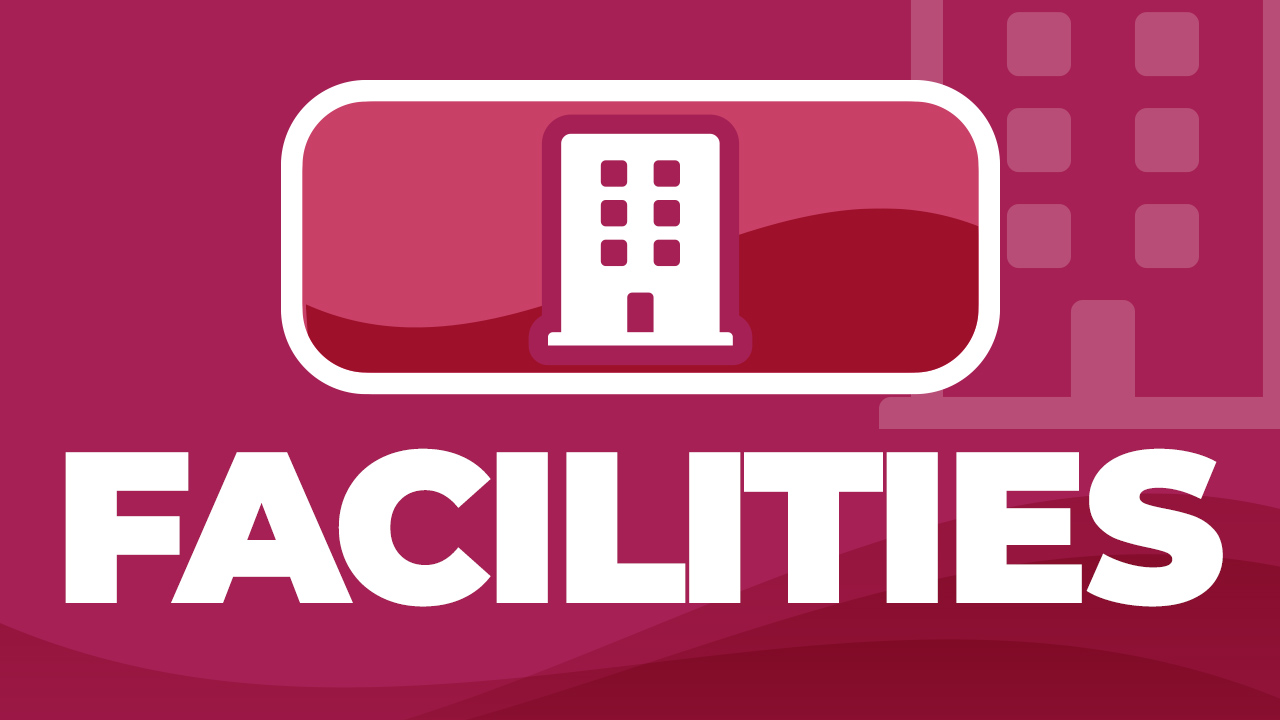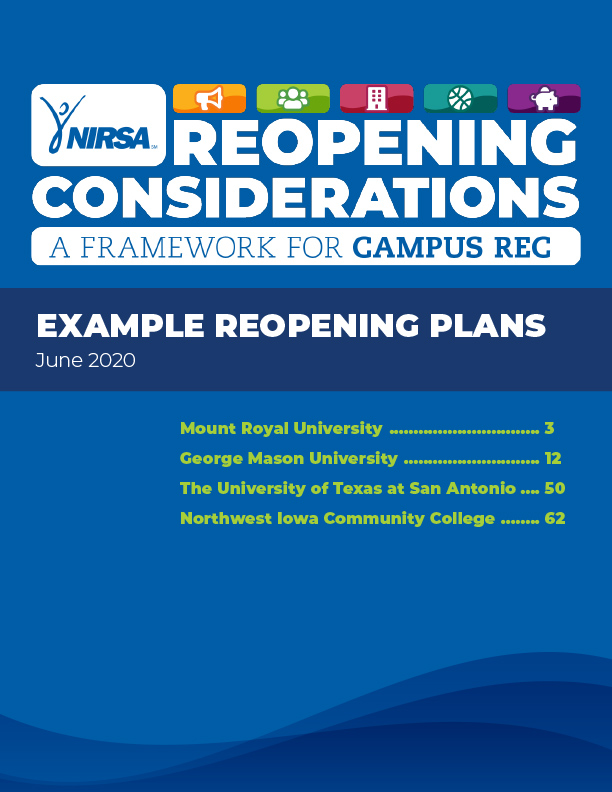Reopening Considerations for Campus Recreation
Facilities
A detailed operating plan that serves as an essential guide for managing a progressive return to operations. The operating plan should be a living document informed by the best available guidance and consider social distancing guidelines to establish operational hours, areas of operation, amended capacities, revised cleaning and sanitizing protocols.
The phases of your facility reopening will be determined by your local government and advanced through institutional recommendations. Individual institutions may have more or less than three phases and each institution’s phased reopening may look different than another.
Phase 1
This is the initial opening phase and designed as the most restrictive phase. The framework within this phase will remain flexible to permit any necessary accommodations or addendums in response to state and local health guidelines along with industry best practices for facility management.
Phase 2
This phase of facility reopening would see some ease of restrictions on capacity and program availability while still maintaining appropriate state and local guidelines for physical distancing and best practices for facility cleaning and sanitation. Moving into Phase 2 is not a time-based change. Entering into subsequent phases must rely on guidance from the CDC, your local government leadership, and local health officials. Moving to the next phase should also be based on your facility and the institution’s confidence in your ability to implement COVID-19 prevention measures, containment, cleaning, staff, and operations management.
Phase 3
This phase would see a return to normal operation in both scope and scale while still maintaining best practices for facility cleaning and sanitation.






